What is Holistic Living?
Holistic living is a healthy lifestyle of the mind, body, and soul, which is incredible. I like to look at living a holistic lifestyle as being connected to a wholeness. This lifestyle takes a whole-person approach to healing and health that includes the mind, body, soul, and environmental qualities of everyday life. A holistic approach reminds you that the whole is made up of interdependent parts when the mind, so when one part is neglected or out of balance affects other parts. You don't look at sickness and think it's something physical.
Sleep - When healing your body as a whole try to get plenty of sleep. Sleep is one of the most important cycles to help not only heal the body but also function properly. The National Health Institute recommends at least 9-10 of sleep for teenagers and 7-8 hours sleep for adults, however frequently we try to get by with a lot less.
Drinking more water - Helps detox the body as well as keep it hydrated. Dehydration can lead to fatigue. Water helps to play a large role in delivering oxygen to cells, nutrients throughout the body, and protecting the organs and tissues. Drinking water helps eliminate waste while helping lubrication around our joints. To make sure you’re getting enough water the simple formula is to drink half of your weight in water.
Eating nutrient dense foods - Eat foods that replicate the colors of the rainbow. The definition of nutrient rich foods the nutritional quality of the food then divided by the caloric density. High nutrient dense foods are rich in vitamins, minerals, and micronutrients, and macronutrients such as proteins, fats, and carbs. Foods with the highest nutrient density include broccoli, beets, onions, leafy greens like kale and spinach, peas, and peppers. When choosing foods nutrient dense foods steer clear of fried foods and desserts.
Create a routine exercise - One that you can stick to! Regular exercise is crucial to mental health as well as physical health. Exercising improves energy by delivering nutrients to your tissues, delivering oxygen, and improving your quality of sleep while improving your mood by stimulating different chemicals in your brain that make you feel happy and relaxed. Although it is important to keep in mind when starting a new exercise routine to start off slow.
Learn to be positive - when deciding upon a holistic lifestyle. This is sometimes easier said than done though. When shifting your thoughts to more positive aspects of your life you can change the way your body responds to pain. Positive thinking is defined by focusing on what is good about your body, the world around you and other people.
If you're considering a holistic lifestyle, think of this as your small guide. As you can see, there are many benefits from balance, mental health, body, and spirit. If you have any questions or you’re curious about this lifestyle, please contact me to talk about it together.

